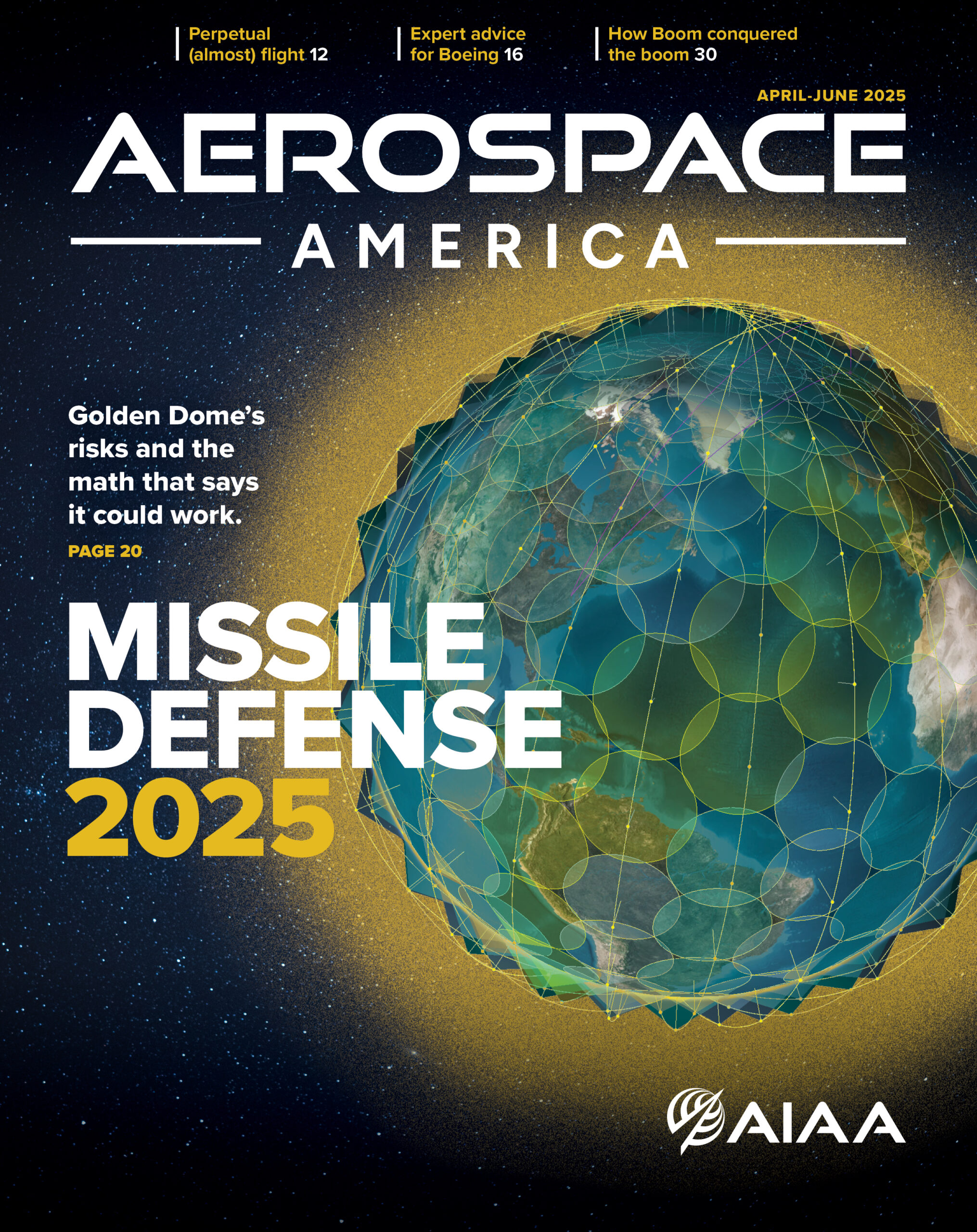Under the bright lights of the ASCEND stage in Las Vegas, a remarkable moment for student innovation took flight. Nitya Johar, 17, of Skyline High School in Sammamish, Washington, was announced as the 2025 national winner of the Genes in Space competition. Her pioneering experiment will investigate codon usage bias in space, a discovery that could advance spaceflight medicine and biomanufacturing in microgravity.
This year’s competition moved the finalist presentations from the former ISS Research and Development Conference (ISSRDC) to AIAA’s premier space event, ASCEND, 22–24 July, in Las Vegas.
Genes in Space challenges students in grades 7–12 to design original biology experiments that address the challenges of long-duration space exploration. Each year’s winning project is launched to the International Space Station (ISS) and carried out by astronauts. Co-founded by Boeing and miniPCR bio, the competition celebrated its 10th anniversary and saw a record-breaking 759 submissions from 1,009 students representing 263 schools in 41 states.
Launching the Next Generation of Space Biologists

Nitya’s work focuses on how organisms decode genetic information and whether that process changes under the extreme conditions of space. Understanding these shifts could enable more reliable production of medicines and inform how to engineer life to thrive beyond Earth.
“What I want to do is explore how codon usage bias might be changing in space because that could impact technologies like microbial biofactories and onboard medical systems and even how we design treatments on Earth,” explained Nitya.
Other finalist projects explored topics ranging from immune system dysfunction in microgravity to combating antibiotic resistance in space, demonstrating the depth and creativity of this year’s student innovators.
AIAA Showcasing Innovation at ASCEND
For AIAA, hosting the Genes in Space announcement at ASCEND supports one of the event’s goals: connecting the brightest minds of today with the leaders and innovators of tomorrow. It’s a powerful example of how education, industry collaboration, and student ingenuity can shape the future of aerospace.
ICYMI: Be sure to watch Lauren Savage’s onsite interview
with Nitya Johar on AIAA Instagram




